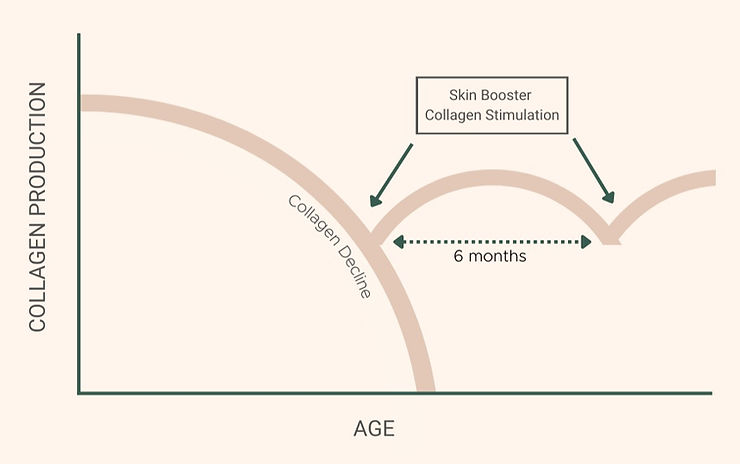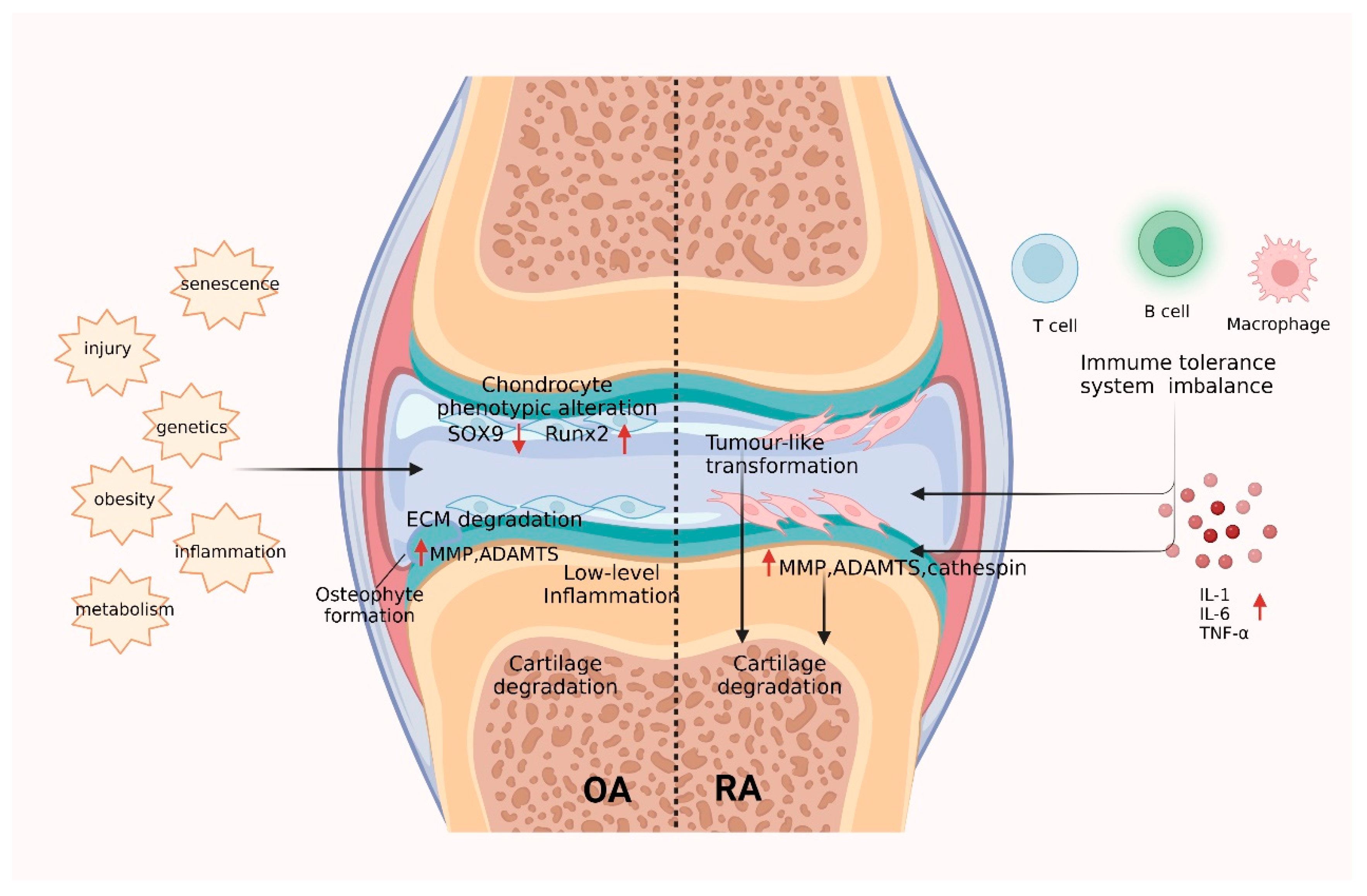

Dear readers,
As a healthcare professional dedicated to providing reliable information on nutrition and wellness, I often receive inquiries about collagen supplements. Questions range from the differences between Type 1 and Type 2 collagen, to whether fish-derived collagen offers superior absorption, and even the best time to consume it—on an empty stomach or with meals. Some of these are insightful and pertinent, while others may stem from marketing claims or media influences. To address these thoughtfully, I have compiled a comprehensive overview of collagen, drawing on scientific insights to help you make informed decisions. My goal is to empower you with knowledge that supports your health journey.

Collagen is the most abundant protein in the human body, constituting approximately one-third of our total protein content and about 15% of our body weight on average. It serves as the primary component of connective tissues, acting like a glue that holds our structures together. Imagine the layers of our body—skin, fat, muscles, and bones—not as neatly stacked sheets, but as intricately linked by resilient fibers. These fibers, made of collagen, provide strength, elasticity, and support.
As we age, collagen production naturally declines, leading to common signs of aging such as sagging skin, wrinkles, reduced joint flexibility, and brittle hair and nails. Factors like smoking, excessive alcohol consumption, sun exposure, and environmental stressors can accelerate this process. However, by understanding collagen's role, we can take proactive steps to maintain it. Collagen is not just about aesthetics; it supports overall vitality, from skin health to organ function.
Our bodies contain up to 28 types of collagen, but Types 1 through 3 are the most prevalent and relevant for daily health. Type 1 is dominant in skin, bones, and tendons; Type 2 in cartilage; and Type 3 in muscles and blood vessels. Importantly, when it comes to supplements, the "type" distinction in our body's natural collagen doesn't directly translate to ingested forms. What matters more is how collagen is sourced and processed for optimal benefits.

Collagen supplements are typically derived from animal sources, with beef, chicken, and fish being the most common. Other options include eggshell membranes, jellyfish, or crustaceans, though these are less widespread.
We already consume collagen through everyday foods like bone broth, chicken skin, fish, eggs, strawberries, citrus fruits, garlic, and more. Recognizing this can shift our perspective: supplements aren't a replacement for a balanced diet but a targeted boost when intake falls short.
A common misconception is that collagen supplements are absorbed intact and directly "patch" areas like skin or joints. In reality, they break down into amino acids—proline, lysine, and glycine—during digestion. These building blocks then fuel our body's own collagen synthesis. While absorption isn't 100% efficient, dismissing supplements as ineffective overlooks their role in providing essential raw materials, especially for those with deficient diets.

Beyond beauty and mobility, collagen offers persuasive health advantages that make it a worthwhile addition to many routines:

These benefits are not isolated; they interconnect with lifestyle factors. While collagen isn't a cure-all, consistent intake can yield noticeable improvements compared to neglecting it. Compare your current self to a version that prioritizes nutrition—you may find enhanced vitality, resilient skin, and stronger joints.
To maximize efficacy, always pair collagen with co-factors like vitamin C, zinc, and copper. These nutrients facilitate absorption and activation. If your diet lacks them, consider supplements that include this trio for synergistic results.

Questions about timing—empty stomach or with food, morning or evening—are common, but the science suggests flexibility. Collagen is a protein, best digested in an acidic stomach environment, which meals naturally provide. Unlike medications that may irritate the stomach, collagen causes no such issues and doesn't induce nausea like some vitamins.
In essence, three principles guide effective use: pair with vitamin C, zinc, and copper; adjust dosage to your goals; and maintain consistency without overcomplicating timing.
Collagen is a cornerstone of health, influencing everything from youthful appearance to internal resilience. By incorporating it thoughtfully—through diet, supplements, or both—you invest in long-term well-being. Remember, the best comparison is with your past self: how might you feel with optimized collagen levels? I encourage you to consult a healthcare provider for personalized advice and explore high-quality options. If this guide has clarified your questions, I hope it inspires positive changes. Thank you for your interest in proactive health—wishing you vitality and strength.